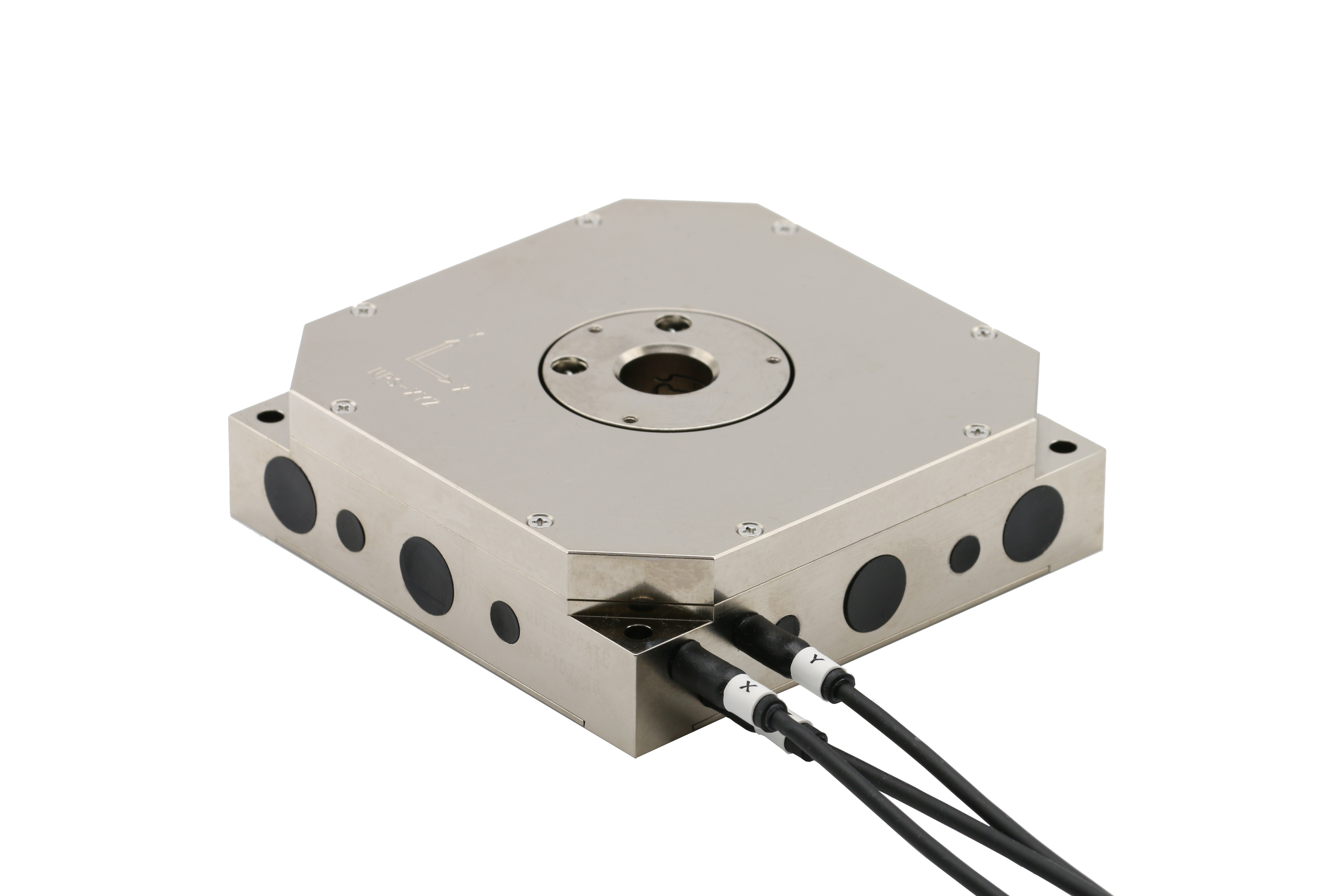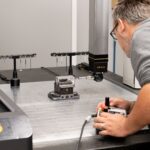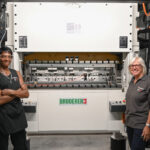Monitoring the amount of water vapour in the air, humidity sensors are essential to ensuring optimal environmental conditions for a range of industries, from manufacturing to agriculture and facility management. Here, Ross Turnbull, Director of Business Development and Product Engineering at custom IC design and supply specialist, Swindon Silicon Systems, explains how humidity sensors keep the air clean and ensure an optimal industrial environment.

Despite their niche, humidity sensors are more common than you may think. In manufacturing and warehousing, maintaining humidity levels is crucial for the quality and longevity of products, especially in sectors like pharmaceuticals, food processing and electronics manufacturing. Humidity sensors help monitor and control environmental conditions, preventing damage to sensitive materials.
In HVAC systems, humidity sensors ensure comfortable and healthy indoor air quality by adjusting humidity levels to the desired set points. Elsewhere, in agriculture, they’re used to monitor soil moisture and ambient humidity, enabling data-driven irrigation practices that offer optimised water usage, improved crop yields and reduced waste.
Exploring sensor types
Humidity sensors, also known as hygrometers, measure the amount of water vapour in the air. These sensors typically operate based on one of three main technologies: capacitive, resistive or thermal conductivity.
Capacitive sensors use a hygroscopic dielectric material placed between two electrodes. As the humidity changes, the dielectric constant of the material changes, altering the capacitance. This change is measured and converted into a humidity reading. Capacitive sensors are highly accurate and have a fast response time. They are also less affected by temperature changes, making them suitable for a wide range of applications. Their stability and long-term reliability make them a preferred choice in many industrial settings.
Resistive sensors measure changes in electrical resistance as humidity varies. A hygroscopic material’s resistance decreases with increased moisture absorption, allowing for humidity measurement. These sensors are typically more cost-effective than capacitive sensors and are simple to produce. They are durable and perform well in harsh environments, which makes them suitable for outdoor applications and industries where conditions can be challenging.
Thermal conductivity sensors measure the change in thermal conductivity of the air due to humidity. They typically have two thermistors — one exposed to the air and one isolated. The difference in their readings is used to calculate humidity levels. Thermal conductivity sensors are particularly useful in applications where high accuracy is required over a wide range of humidity levels. They are also less susceptible to contamination, which makes them ideal for environments where the air might contain dust or other particulates.
Taking action
Thanks to the digitisation of sensing technology, it’s possible to use the data collected by humidity sensors to generate real-time insights into environmental conditions, so that appropriate changes can be made to control the moisture in the air and ensure conditions remain optimal.
To unlock this insight, it’s essential to convert the analogue values generated by the humidity sensors into a digital format. While this can be achieved using numerous off-the-shelf integrated circuits (ICs), for optimised sensor performance, an Application Specific Integrated Circuit (ASIC) is the better choice.
ASICs are ICs that are tailored for specific applications, offering numerous advantages over general-purpose integrated circuits (ICs). They are designed to meet specific performance criteria, which ensures that the humidity sensor operates within the desired parameters, enhancing accuracy and reliability.
One of the most attractive benefits of an ASIC is its improved performance. Complete optimisation of the chip’s design means that additional redundant components are removed, allowing more power to be invested in areas where it matters. Freedom in design means that the ASIC can be designed to interface directly with the humidity sensor to provide sensor-specific conditioning. This optimised performance makes the sensor’s insights ultrareliable, which is particularly important for applications where a change in humidity could have huge consequences on operational efficiency.
An ASIC also offers the significant advantage of obsolescence protection. Standard ICs may be discontinued at any time, potentially leaving manufacturers with a limited stock that will ultimately need to be replaced, and may even require a redesign. Swindon Silicon offers a comprehensive non-obsolescence plan as part of its design and manufacturing process. If a product is designed to last 15 years in production, then Swindon will select a suitable silicon process with the required maturity and longevity.
Humidity sensors are essential to keeping the environment optimal —without them, there’s a risk to the performance of equipment, quality of products and the protection of sensitive materials. Designing a system with ASICs takes the reliability and accuracy of the data up a notch, to ensure environmental stability and better, faster insights if humidity does rise above the threshold.








